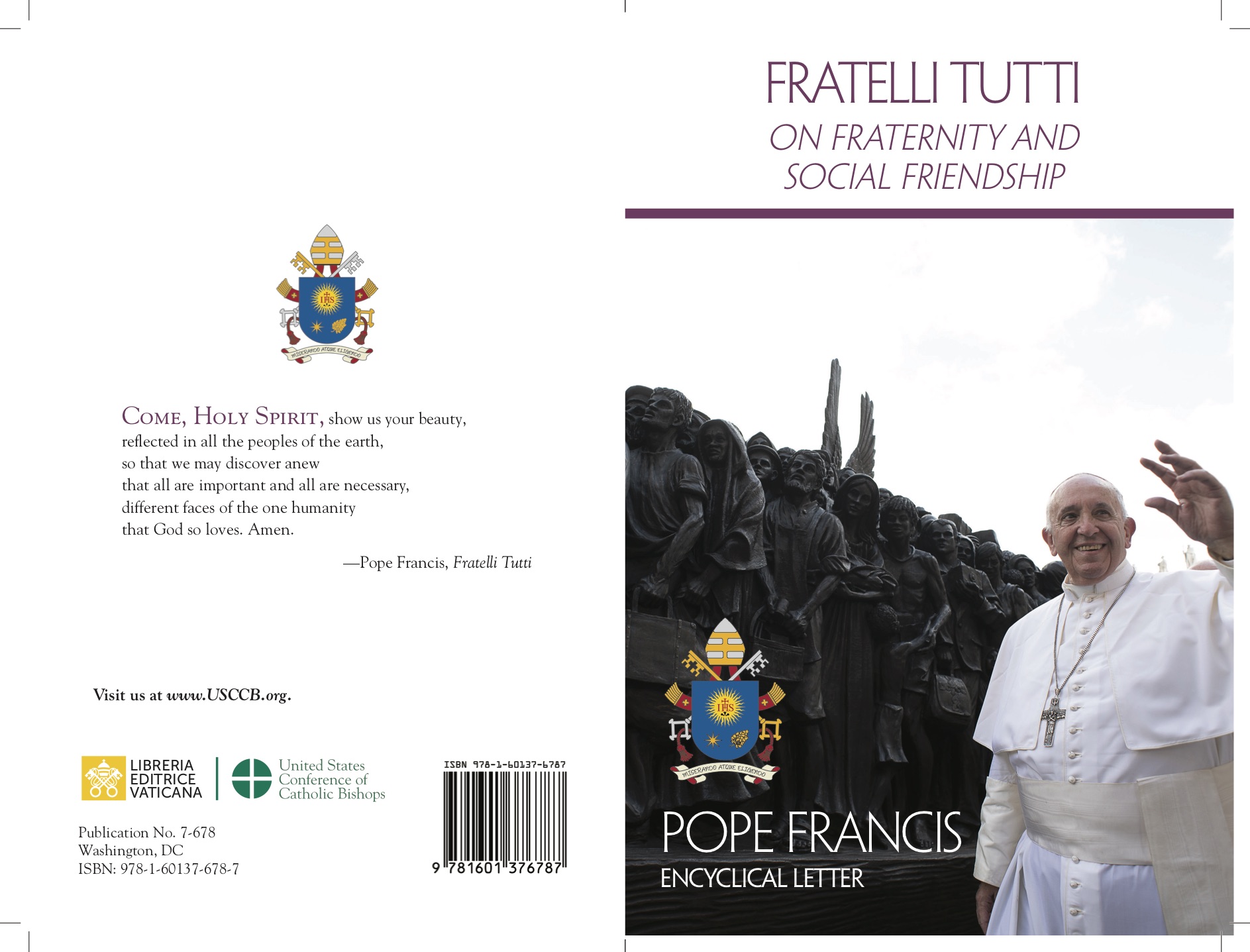
Andrea Monda
In those very few minutes in which he appeared at the balcony of Gemelli Hospital and blessed the crowd of over 3,000 people gathered there, the Pope uttered very few words, but he said many things, as the strength of his communication unfolded once again.
He had already done so during his days of “silence”, an eloquent silence in which he was “behind the scenes” but at the same time, at the centre of the world stage. Not only because “all the eyes of the world” were fixed on that hospital window, but also because the Pope had the strength to face reality, engaging with it in a direct way, alive and fruitful. On 27 March, we mark five years since the Statio Orbis in Saint Peter’s Square during the darkest days of the Covid-19 pandemic. There too the square was empty but simultaneously full, filled with the whole world, its wounds and its suffering — the suffering that he carried, a man alone in the rain.
In the same way as on 23 March at Gemelli Hospital. He looked out the window, with effort he lifted his arms to offer a blessing, but above all he saw, observed and welcomed reality, engaging with it. And he said 10 simple words: “I see this woman with yellow flowers. She is good!”. He was pointing with his hand to another hand, that of Carmela Mancuso, a 78-year-old woman from Calabria in the front row facing the balcony, holding a bouquet of yellow flowers. This is Pope Francis’ way: with thousands of people in front of him he seeks to connect on a “one-to-one basis”, “face to face”, just as Jesus did in the episode of the haemorrhaging woman, when he asked the people gathered who had touched him, searching for the person in the crowd.
“I don’t know what to say. Thank you, thank you, thank you, to the Lord and to the Holy Father. I never thought I would be seen”, said Carmela to Vatican Media. The surprise of being seen in a certain way, the way Pope Francis sees the world and people, still surprises us. And this is an ambiguous sign: it is ugly because it means that after 12 years we still have not understood his gaze and its importance, but it is also beautiful because that gaze arises from wonder and love and is therefore always surprising, always a source of wonder — the wonder that means openness to reality without any prejudice or ideological conditioning.
The Pope is asking us what is our approach to reality. Is it “artistic” or a means to an end, utilitarian? Is it an approach of attentive and amazed openness or is it “contrived”? If it comes from wonder, then it will lead to another attitude that is fundamental for Francis and for every Christian: gratitude. After leaving Gemelli Hospital and before returning to Casa Santa Marta, Pope Francis went to Saint Mary Major to thank Mary, Salus Populi Romani, as he does on his return from Apostolic Journeys around the world. At the end of this long hospital “journey” which lasted 38 days, the Holy Father wanted to bring flowers to Our Lady, yellow flowers, the same ones Carmela had been carrying.




 Purchase the Encyclical here Fratelli Tutti
Purchase the Encyclical here Fratelli Tutti